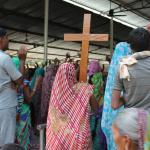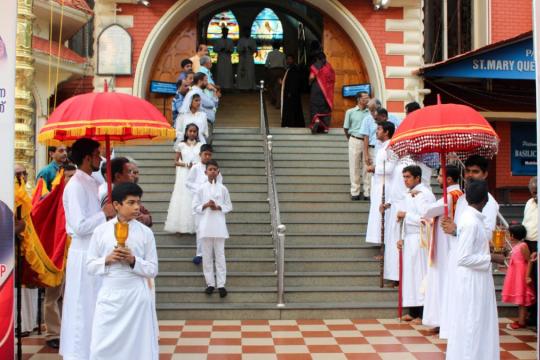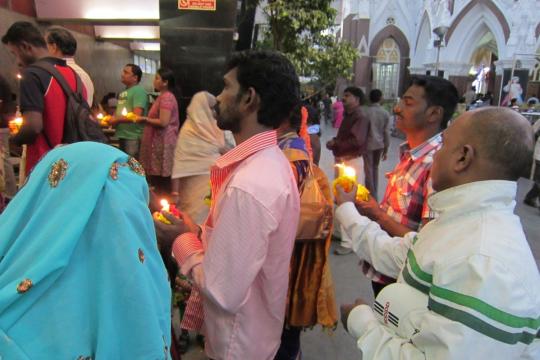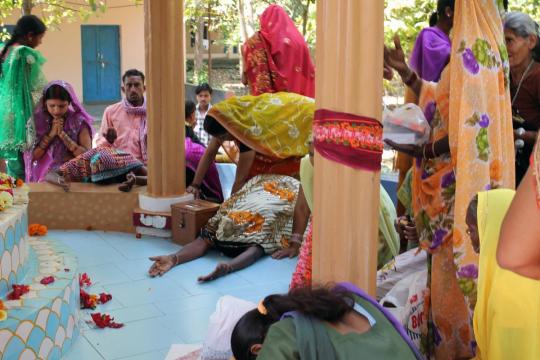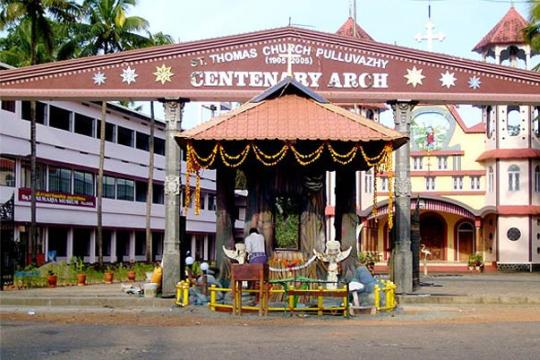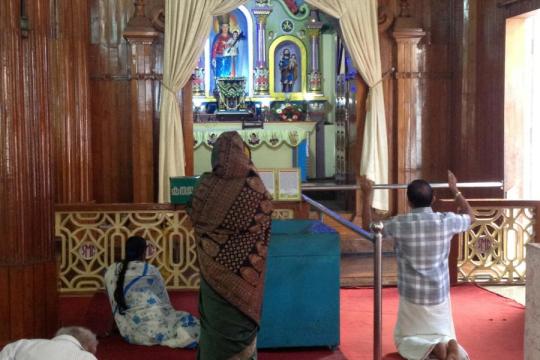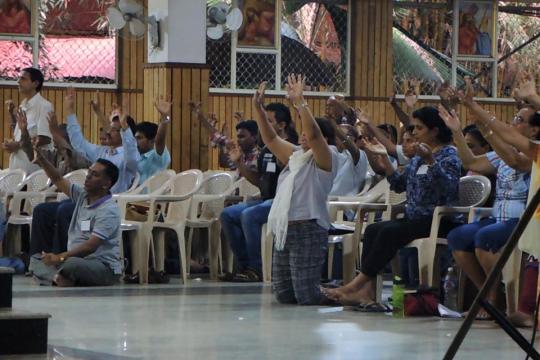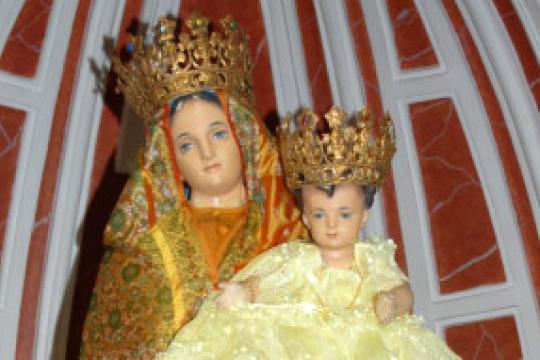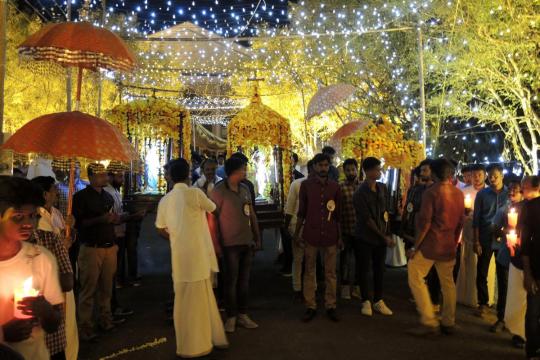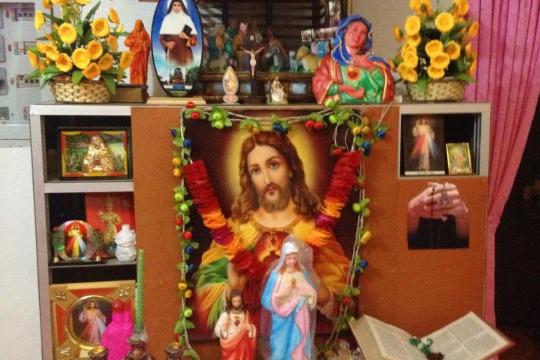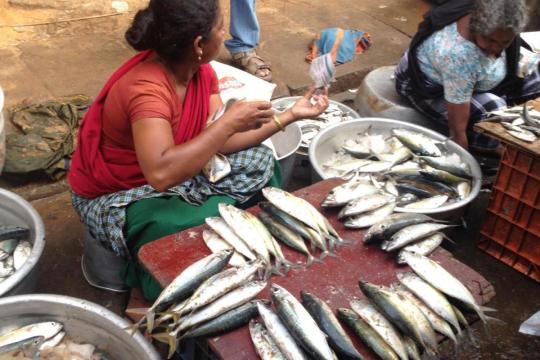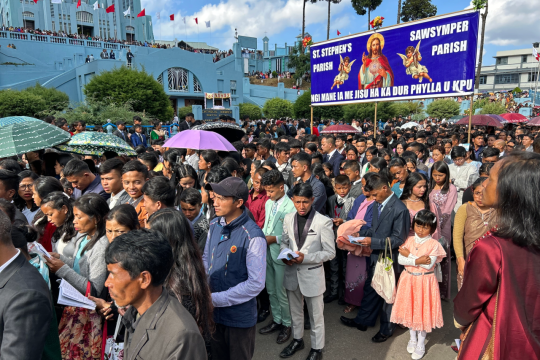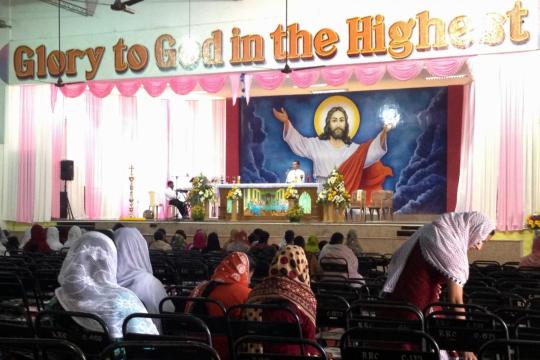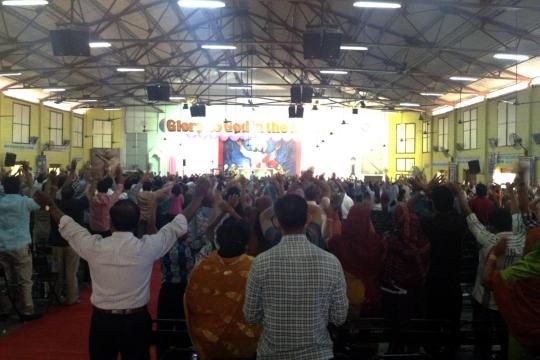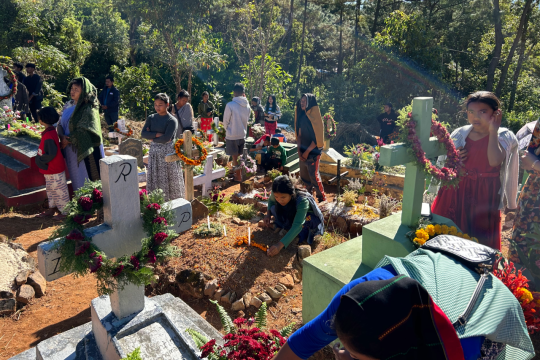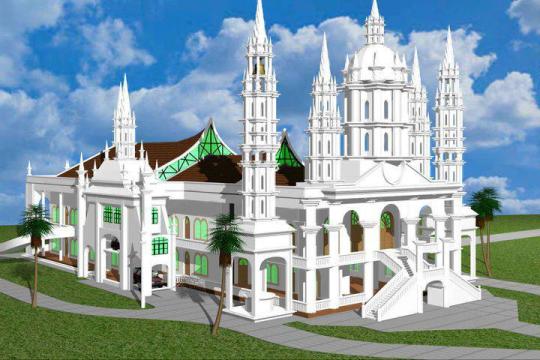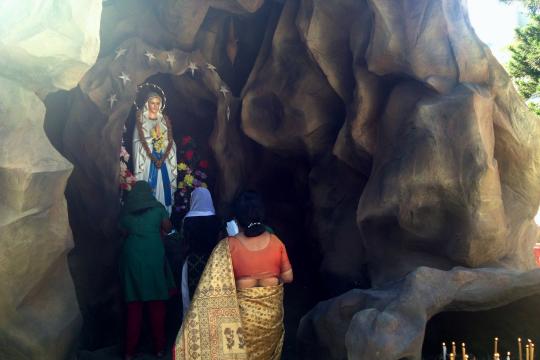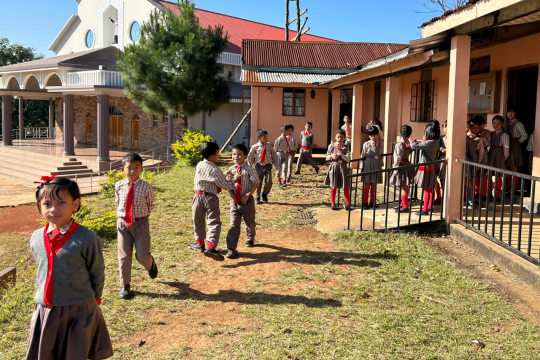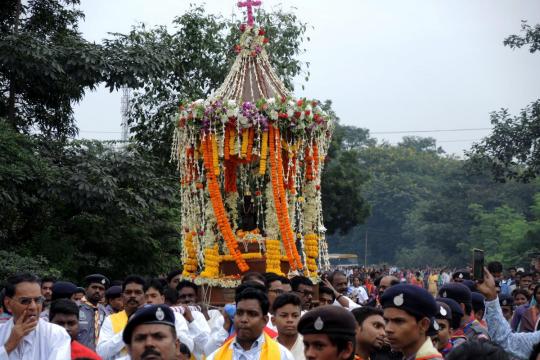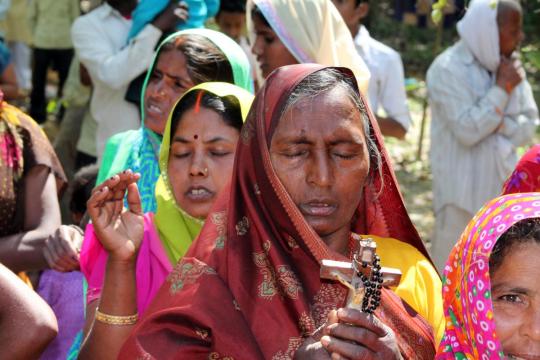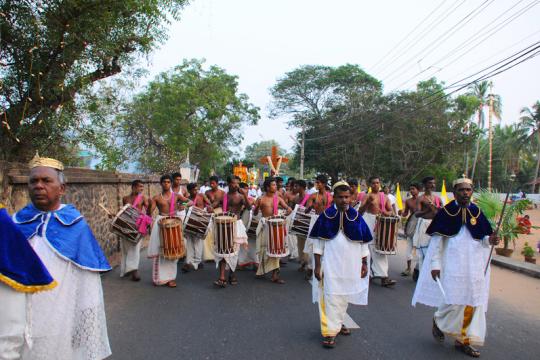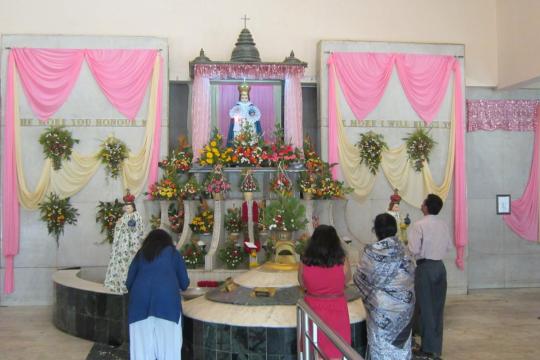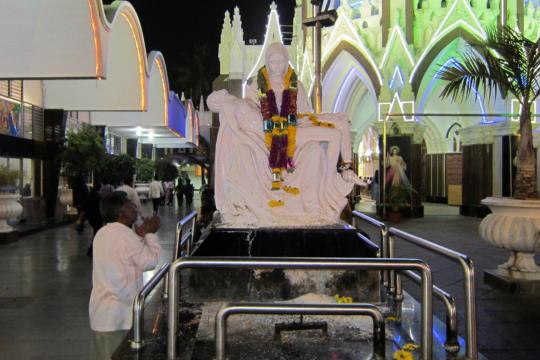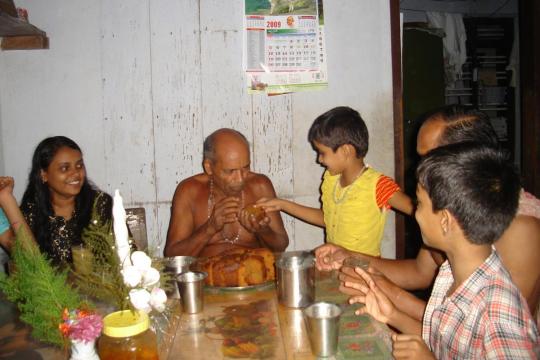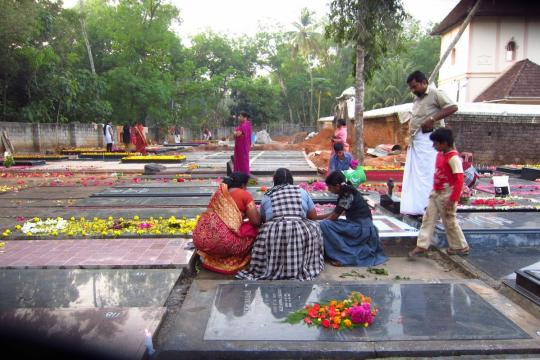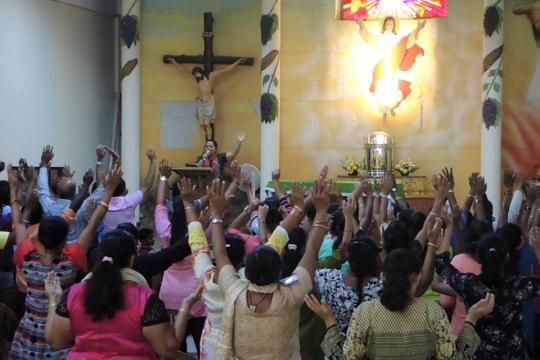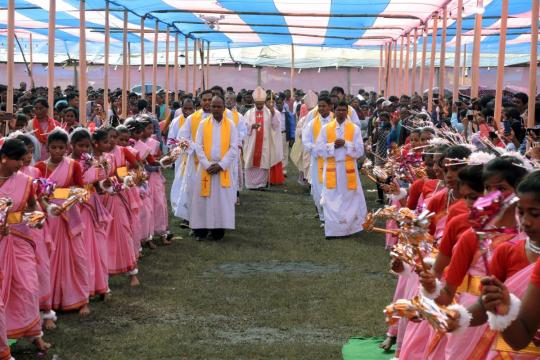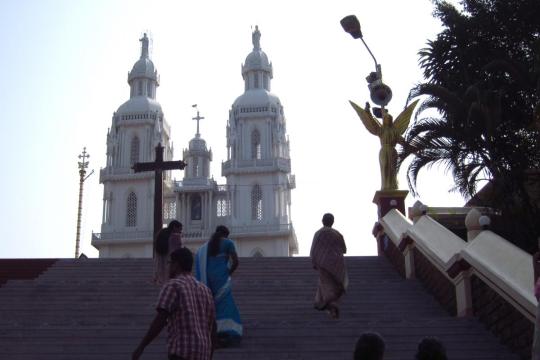
While officially secular, India is one of the most publicly religious countries on the planet. Nearly 80% of the population is Hindu, and Hinduism has made the most evident and profound impact on the culture there. But India is extremely pluralistic, and its religious vibrancy – in all forms – is put on public view in vivid color.
Catholicism continues to be influenced by the many other religions that thrive there. Catholic life in India is especially oriented to devotional practice, in ways that draw from Hindu, Syrian, colonial Portuguese and contemporary Catholic practices. India is also home to two Eastern rite churches in full communion with the pope, the Syro-Malabar and Syro-Malankara, who trace their origins to the Apostle Thomas. Read more about India here.
While officially secular, India is one of the most publicly religious countries on the planet.
Jharkhand and Uttar Pradesh are states in north-central India. Uttar Pradesh, home most famously to the Taj Mahal, is home to 241 million people.
Though a minority religion, Catholicism has ancient and deep roots in the southern Indian state of Kerala, home to more than 33 million people.
Any attempt to describe Indian Catholic life in broad terms runs up against the genuine diversity of a country misperceived by many foreigners to be culturally and linguistically monolithic.
Tamil Nadu, “Tamil country,” a state in the south-easternmost part of India, is home to 72 million people whose native language is Tamil.
National Demographics
- 1 United Nations, Department of Economic and Social Affairs, Population Division, World Urbanization Prospects: The 2018 Revision, Online Edition (New York: United Nations, 2018).
- 2 United Nations, Department of Economic and Social Affairs, Population Division, International Migrant Stock 2020 (New York: United Nations, 2020).
- 3 Data as of 2021. United Nations Office on Drugs and Crime, "Intentional Homicide," United Nations, Accessed April 9, 2024; United Nations Office on Drugs and Crime, Global Study on Homicide 2023 (Vienna: United Nations, 2023).
- 4 "2023 Corruption Perceptions Index," Transparency International, Accessed April 9, 2024.
- 5 United Nations Children's Fund, The State of the World's Children 2023 (Florence: UNICEF Innocenti – Global Office of Research and Foresight, 2023).
- 6 International Telecommunication Union, "Individuals using the Internet (% of population)," The World Bank, Accessed April 24, 2024.
- 7 Poverty and Inequality Platform, "Poverty headcount ratio at $2.15 a day (2017 PPP) (% of population)," The World Bank, Accessed April 24, 2024.
- 8 World Economic Forum, Global Gender Gap Report 2023 (Geneva: World Economic Forum, 2023).
- 9 As Pew describes it, "Government restrictions on religion include laws, policies and actions that regulate and limit religious beliefs and practices. They also include policies that single out certain religious groups or ban certain practices; the granting of benefits to some religious groups but not others; and bureaucratic rules that require religious groups to register to receive benefits." As noted on pp. 45-47 of the report, the index summarizes data from 19 sources. The index does not differentiate whether the laws are directed toward Catholics. Pew Research Center, Globally, Government Restrictions on Religion Reached Peak Levels in 2021, While Social Hostilities Went Down (Pew Research Center, 2024).
- 10 As Pew describes it, "Social hostilities include actions by private individuals or groups that target religious groups; they also include actions by groups or individuals who use religion to restrict others. The SHI captures events such as religion-related harassment, mob violence, terrorism/militant activity, and hostilities over religious conversions or the wearing of religious symbols and clothing." As noted on pp. 45-47 of the report, the index summarizes data from 19 sources. The index does not differentiate whether the hostilities are directed toward Catholics. Pew Research Center, Globally, Government Restrictions on Religion Reached Peak Levels in 2021, While Social Hostilities Went Down (Pew Research Center, 2024).
Catholic Demographics
These statistics are derived from the Vatican's official publication, Statistical Yearbook of the Church 2022 (Vatican City: Librera Editrice Vaticana, 2024). The numbers may differ from data reported by other sources on this site.

